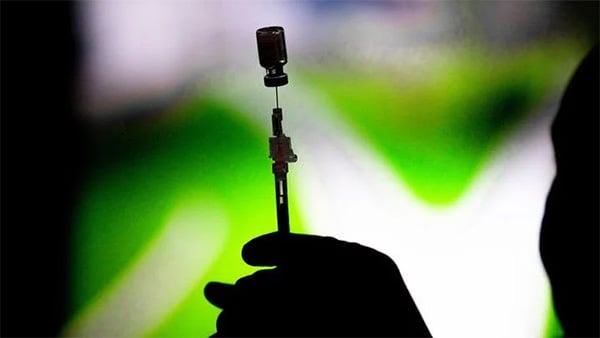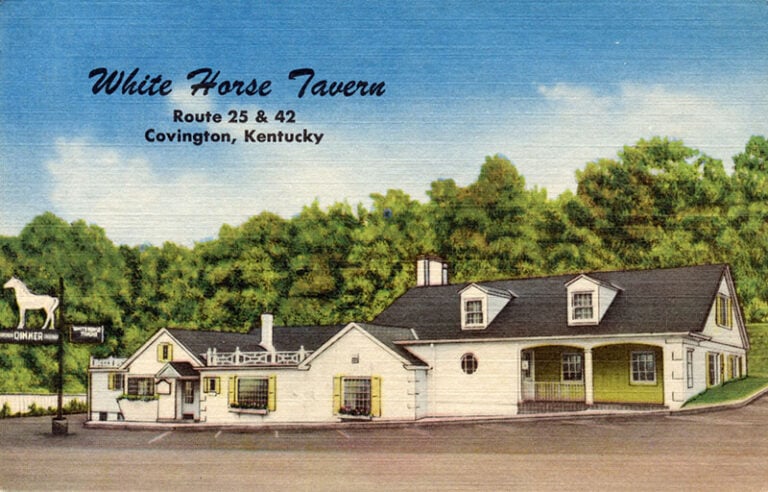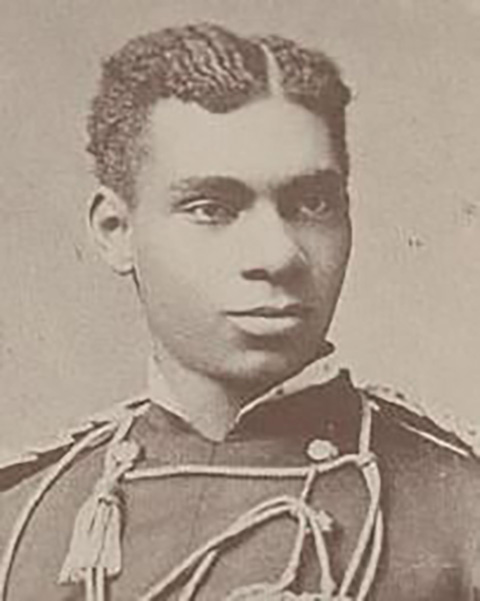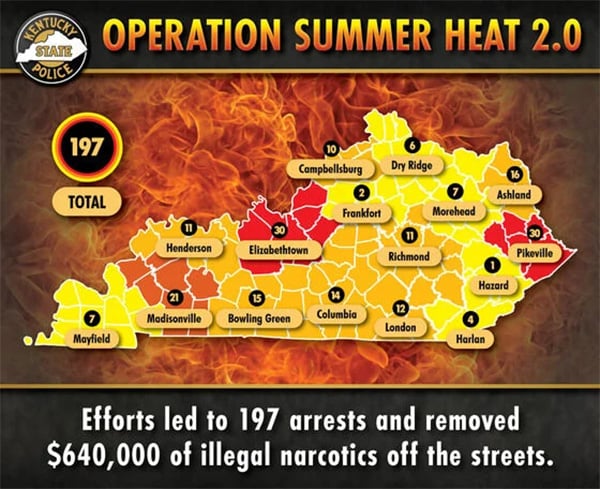No matter the strength of a plastic or metal pipe, freezing water expansion creates a tremendous amount of pressure that can cause pipes to break. The Northern Kentucky Water District (NKWD) wants to help you prevent these types of breaks that can cause substantial damage.
The types of pipes that freeze most frequently are those that are exposed to severe cold, like outdoor hose bibs, swimming pool supply lines, and water sprinkler lines. Water supply lines in unheated interior areas (such as basements, crawl spaces, attics, garages, or kitchen cabinets) and pipes that run against exterior walls with little to no insulation, are also at risk.
Ideally, before the onset of cold weather, you should protect your pipes from freezing by following these recommendations:

• Drain water from swimming pool and water sprinkler supply lines following manufacturer’s or installer’s directions.
• Remove, drain, and store hoses used outdoors.
• Close inside valves supplying outdoor hose bibs. Open the outside hose bibs to allow water to drain. Keep the outside valve open so that any water remaining in the pipe can expand without causing the pipe to break.
• Add insulation to attics, basements, and crawl spaces. Insulation will maintain higher temperatures in these areas.
• Consider installing specific products made to insulate water pipes.
Tips to Prevent Frozen Pipes
• Keep garage doors closed if there are water supply lines in the garage.
• Be sure to check your meter cover to verify the cover is on securely.
• Open kitchen and bathroom cabinet doors to allow warmer air to circulate around the plumbing.
• When the weather is very cold outside, let the cold water drip from any faucet that is served by exposed pipes. Running water through the pipe – even at a trickle – helps prevent pipes from freezing.
• Keep the thermostat set to the same temperature both during the day and at night.
• If you are going away during cold weather, leave the heat on in your home, set to a temperature no lower than 55° F.
Tips to Thaw Frozen Pipes
• If you turn on faucet and only a trickle comes out, suspect a frozen pipe.
• Keep the cold water faucet open. As you treat the frozen pipe and the frozen area begins to melt, water will begin to flow through the frozen area. Running water through the pipe will help melt ice in the pipe.
• Apply heat to the section of pipe using an electric heating pad wrapped around the pipe, an electric hair dryer, a portable space heater (kept away from flammable materials), or by wrapping pipes with towels soaked in hot water. Do not use a blowtorch, kerosene or propane heater, charcoal stove, or other open flame device.
• Apply heat until full water pressure is restored. If you are unable to locate the frozen area, if the frozen area is not accessible, or if you cannot thaw the pipe, call a licensed plumber.
• Check all other faucets in your home to find out if you have additional frozen pipes. If one pipe freezes, others may freeze, too.
For questions or more information about NKWD, visit the website at www.nkywater.org or call 859-578-9898.
Northern Kentucky Water District

















